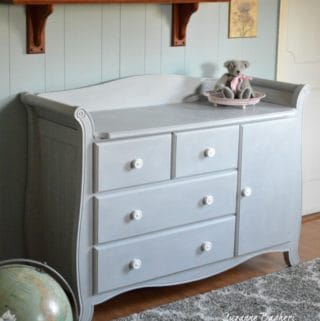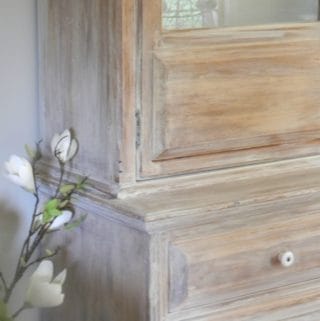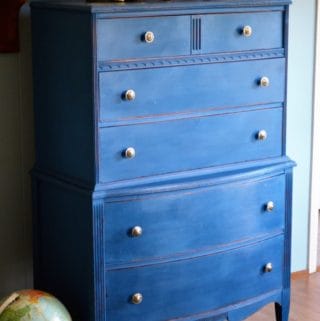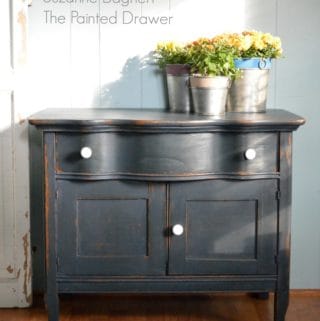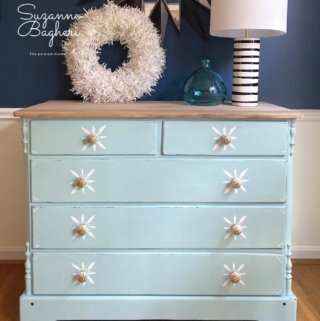Photo by Daria Shevtsova from Pexels
The start of a new year is generally a time when people like to think about refreshing their homes. In 2021 this is probably going to be more important than ever as people look for ways to put 2020 behind them. Updating windows is a double win because they can be seen from the inside and the outside. With that in mind, here are some suggestions.
Decide if you need new windows
There are some areas of your home where you can “make do and mend” for quite a while. Your windows, however, are not one of them. Although they’re often a key part of the decor, they fulfill a number of important practical roles as well. This includes security. As a result, new windows and replacements should be viewed as a priority purchase even when money is tight.
The good news here is that your old windows may have financial value, even if they’re modern. Look into your options as to what to do with them. For example, the company providing your replacements may be happy to take them away and perhaps give you a discount on the price of your new ones. Alternatively, you may be able to sell them on.
Decide if you need a window covering at all
Before you start thinking about what kind of window covering you need, think about whether or not you actually need a window covering at all. If a window is in a public room then it might be fine just to leave it uncovered. If you don’t want it to be plain, then you can decorate the glass directly.
Depending on how confident you feel, you can either paint directly onto the glass, use “lead strips” and window decals or use decorative privacy film. None of these options has to be permanent. Paint can take a bit of cleaning to remove. “Lead strips”, decals and decorative privacy film all come off fairly easily.
Decide if you can make a “working window covering”
This one can be a bit hit and miss but it’s worth considering, especially if you’re in a smaller home. The basic idea is that you treat the front of your window like a wall and just put storage in front of it. This combines privacy with functionality. It can work very well, but there are a couple of points to keep in mind.
Firstly, a window is not a wall. It’s made of glass. This means that you need to be careful about what you put in front of it. You need to be even more careful about anything you let touch it. Remember that glass responds to temperature as well as pressure and impact. Secondly, the more privacy you get, the less light you will get through your window and vice versa.
If you’re thinking about using a working window covering, you might want to cover the window with privacy film. That way, the privacy issue is managed without compromising on light. Then you can think about what kind of storage fits best in that situation. In general, you want to stick to light items, perhaps the ones which are awkwardly-shaped and/or that you use frequently.
Photo by Jonathan Borba from Pexels
Decide if you need privacy film or sheers
Privacy film and sheers both achieve much the same effect but in slightly different ways. They both offer privacy without blocking light. Both can be used either on their own or in combination with other window coverings such as blinds and curtains. Privacy film, however, stays on the window so it’s always in place. Sheers can be opened and closed.
As a rule of thumb, you want to use privacy film anywhere safety could be an issue. For example, if you have a window near a hob, you definitely want to avoid using sheers or curtains. You also want to use it where you need to be 100% sure you have privacy whenever you need it, e.g. in a bathroom. You’re never going to forget to close privacy film the way you can sheers.
In fact, privacy film is the more practical option in general, but practicality isn’t everything. Sheers can add real impact to a room. They really do make a window look “dressed” and can make a room look “put together”, in a way that privacy film on its own might not.
Decide where your hanging rod needs to be
Before you pick your main window covering, decide where your hanging rod needs to be. This will influence the length of your window covering. As a rule of thumb, the lower your ceiling is, the nearer your hanging rod should be to it. Essentially, you’re aiming to trick the eye into moving upwards. Your choice of curtain will help here too.
If your ceilings are high, then your hanging rod can be closer to your window. You could then potentially use the space above it for storage and/or decor. You can also use longer curtains or blinds, but you won’t necessarily get the same visual benefit from them.
Working out where your hanging rod needs to be is also a good opportunity to work out how long your window coverings need to be. Designers often recommend curtains that just “pool” on the floor. This may look good in photos but it isn’t necessarily the most practical option for everyday use.
Decide what kind of window covering you want
Your main options are curtains, blinds, and shutters. Curtains generally have the edge on warmth and soundproofing. They also tend to be the most stylish options although blinds have improved greatly over the years and shutters can look wonderful in the right setting.
Blinds, however, have the edge on safety. There’s no chance of them flapping and getting caught on something or brushing against a source of heat and catching fire. This generally makes them a better choice for kitchens. They’re also more compact which can be handy for bathrooms and other smaller rooms.
Shutters are still a bit of a niche option. They can, however, be very useful when you want something a bit out of the ordinary. For example, they can be used to cover an odd-shaped window or the lower part of a window. They can also be used to tie into a certain style, for example, a bistro aesthetic.
Please note that some of the links above and below are affiliate links, and at no additional cost to you. All opinions are my own.

